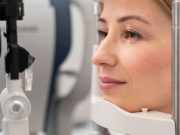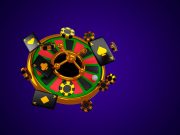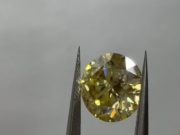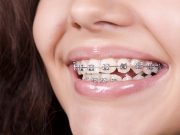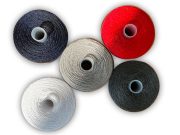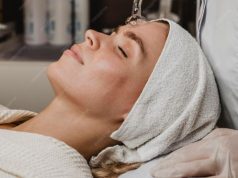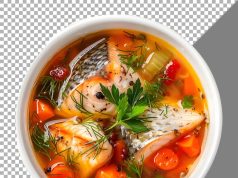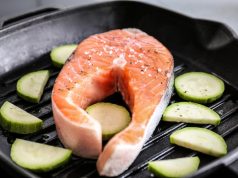The chin plays a crucial role in facial aesthetics and overall facial harmony. A well-defined chin can balance and enhance the appearance of other facial features. For those looking to improve the shape and projection of their chin, chin fillers have become a popular non-surgical option. In this article, we will delve into the anatomy of chin fillers, discussing the key considerations, benefits, and potential risks associated with the procedure.
The Anatomy of Chin Fillers
Chin fillers are injectable substances, typically composed of hyaluronic acid (HA), that are strategically placed in the chin area to add volume, improve contour, and enhance projection. Understanding the anatomy of the chin is essential for a successful chin filler procedure.
- Chin Structure:
- Mandible: The lower jawbone, known as the mandible, forms the foundation of the chin. Its shape and projection contribute to the overall appearance of the chin.
- Mental Protuberance: The mental protuberance is the bony prominence at the front of the chin, providing the chin with its characteristic shape.
- Soft Tissue Considerations:
- Submental Fat: The layer of fat beneath the chin, known as submental fat, can affect the appearance of the chin’s projection and contour.
- Muscles: The chin is influenced by several muscles, including the mentalis muscle, which is responsible for controlling movements and expressions of the lower lip and chin.
Benefits of Chin Fillers
- Improved Facial Balance:
- Enhanced Profile: Chin fillers can improve the projection of the chin, creating a more balanced profile by harmonizing the proportions of the chin with other facial features.
- Symmetry: Chin fillers can address asymmetry in the chin, improving overall facial symmetry.
- Non-Surgical Option:
- Minimally Invasive: Chin filler procedures are non-surgical and typically involve a series of injections, requiring little to no downtime.
- Reversible: In the case of hyaluronic acid fillers, the procedure is reversible, allowing for adjustments or complete removal if desired.
- Customization:
- Tailored Approach: Chin fillers can be customized to address specific concerns, such as chin projection, contour, or volume, based on individual preferences and desired outcomes.
- Gradual Enhancement: A skilled practitioner can provide gradual enhancement by starting with conservative amounts of filler and adding more in subsequent sessions, allowing for a natural-looking progression.

Potential Risks and Considerations
- Injection Technique:
- Skill and Experience: Choosing a skilled and experienced professional is crucial to ensure proper injection technique, minimizing the risk of complications.
- Knowledge of Anatomy: Understanding the anatomical structures and blood vessels in the chin area is essential to prevent accidental injury or adverse effects.
- Temporary Side Effects:
- Bruising: Mild bruising and swelling at the injection site are common, but they usually resolve within a few days.
- Sensitivity: Some individuals may experience temporary sensitivity or discomfort at the injection site.
- Longevity of Results:
- Duration: The longevity of chin fillers varies depending on the type of filler used and individual factors. Typically, results can last between 9 months to a year before requiring touch-up treatments.
Conclusion
Chin fillers offer a non-surgical option for enhancing the chin’s shape, projection, and overall facial harmony. Understanding the anatomy of the chin, including the bony structure and soft tissue considerations, is essential for a successful chin filler procedure. By choosing a skilled practitioner, individuals can achieve improved facial balance and customized results while minimizing potential risks and complications. Whether seeking subtle enhancements or more significant changes, chin fillers provide an effective and versatile solution for individuals looking to enhance their chin’s aesthetics.





